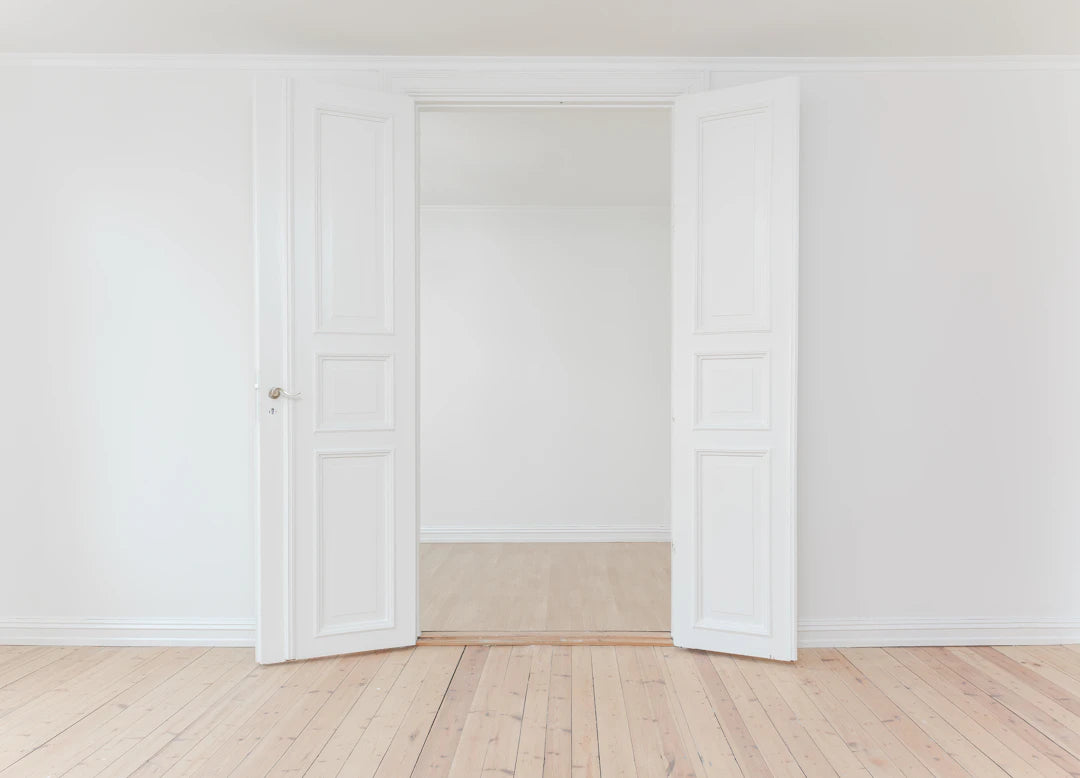When it comes to creating a space that feels not only aesthetically pleasing but also psychologically comforting and engaging, the field of interior design goes beyond mere decoration. It intertwines deeply with the psychology of our emotions, behaviors, and well-being. In this exploration, we'll dive into how interior design shapes our experiences and influences our daily lives. Understanding this dynamic is essential for anyone looking to create or enhance their living or working space.
The Power of Space: More Than Meets the Eye
Every space carries its own personality, which is often conveyed through its design. The choices we make in colors, textures, layouts, and furniture arrangements can evoke emotions and influence our behavior. Let’s delve into why every choice matters in the realm of interior design.
How Colors Influence Mood
Colors are one of the most powerful tools in the designer’s palette. Each color can stir up a different emotion and have a unique psychological impact. Here are some common color associations that affect our mood:
- Red: Passionate, energetic, and stimulating. It can increase heart rates and create a sense of urgency.
- Blue: Calm, serene, and relaxing. Often used to promote a sense of peace and tranquility.
- Yellow: Cheerful, bright, and uplifting. It can evoke feelings of happiness and optimism.
- Green: Refreshing and natural. It often symbolizes growth and rejuvenation.
- Purple: Luxurious and mysterious. Can evoke a sense of sophistication and creativity.
Using colors effectively in interior design can create an atmosphere that enhances well-being and productivity, turning your space into a reflection of your mood and personality.
Spatial Arrangement: The Flow of Energy
The layout and arrangement of a space can create harmony or chaos. An open, well-organized space allows for better energy flow, leading to a more comfortable environment. Let’s explore key concepts in spatial arrangement:
Open Spaces vs. Closed Spaces
Open spaces tend to encourage communication and collaboration, making them ideal for social settings. On the other hand, closed spaces foster privacy and personal reflection, suitable for work or study.
Furniture Placement and Functionality
Strategically placing furniture influences not only the flow of a room but also its usability:
- Creating Zones: Define functional areas such as conversation, relaxation, or workspaces to help curate a multi-purpose area.
- Facilitating Movement: Leave enough room for easy movement to avoid feelings of congestion and ensure comfort.
When designing a space, aim to create paths that encourage natural movement and interaction without obstruction.
The Role of Texture in Comfort
Texture adds depth and dimension to a space, but it also plays a significant role in how we experience a room. Here’s how texture affects our psychological response:
Soft vs. Hard Textures
Soft textures—like plush cushions, area rugs, and throws—instill a sense of comfort and coziness. In contrast, hard textures, like wood, metal, or stone, convey strength and stability. By balancing these textures, you can create a welcoming yet modern environment.
Layering Textures
Layering various textures enhances visual interest and creates a sense of warmth. In interior design, combining fabrics, materials, and finishes creates an engaging sensory experience that invites touch and encourages exploration.
Light: Illuminating Your Environment
Lighting is a critical component of interior design that significantly influences ambiance and mood. It dictates how colors appear, how people interact with space, and even how they feel.
Natural vs. Artificial Light
Natural light is paramount in creating an inviting space. It can improve mood, enhance productivity, and create a connection to nature. Artificial lighting, however, must be considered thoughtfully:
- Ambient Lighting: Provides overall illumination and sets the general tone of a space.
- Task Lighting: Helps us perform specific activities by illuminating work areas.
- Accent Lighting: Highlights particular features, creating focal points and enhancing the visual interest of a room.
A well-designed lighting scheme blends these types of lighting to create a dynamic, inviting environment.
Designing for Well-Being: Biophilic Design
Biophilic design integrates nature into the built environment, promoting emotional and psychological well-being. This approach taps into our inherent connection to nature, enhancing our living spaces in meaningful ways.
The Benefits of Nature in Design
Research shows that incorporating natural elements can lead to numerous benefits:
- Enhanced Mood: Exposure to nature reduces stress and improves overall happiness.
- Increased Productivity: Natural elements in workspaces can boost focus and efficiency.
- Better Health: Incorporating plants and natural light can improve air quality and physiological health.
Biophilic design elements might include houseplants, natural materials like wood and stone, and large windows that bring in natural light.
The Impact of Personalization
Making a space your own is crucial for emotional attachment and satisfaction. Personalization transforms a house into a home, aiding in your well-being and happiness.
Reflecting Individuality
Incorporating personal elements allows individuals to express themselves:
- Art and Decor: Displaying artwork or decor that resonates with personal experiences or interests adds character and warmth to a space.
- Family Memorabilia: Integrating family heirlooms or photographs fosters a sense of belonging and connection.
- Customizable Spaces: Consider the versatility of furniture that can be adjusted to personal tastes and preferences.
The more a space reflects your personality, the more comfortable and inviting it becomes.
Creating Balance: The Importance of Modularity
Modular design in interior spaces allows for flexibility, adaption, and change over time. It aligns with our dynamic lifestyles and offers practical solutions for multifaceted living.
Benefits of Modular Design
Embracing modular components promotes a sense of balance in your space:
- Adaptability: Spaces can be easily rearranged or transformed, reflecting changes in lifestyle or needs.
- Functionality: Furniture that serves multiple purposes enhances functionality without overcrowding a space.
- Effortless Updates: Modular design allows for easy updates when preferences change, maintaining freshness in style.
This flexibility is key for evolving environments and can lead to long-term satisfaction with your home or workspace.
Harmonizing Style and Functionality
The ultimate goal of interior design is to achieve harmony between aesthetics and practicality. It’s crucial to balance visual appeal with usability to create a space that looks good and works well.
Thoughtful Choices in Design
Here are some strategies to create that perfect balance:
- Prioritize Functionality: Choose design elements that enhance the usability of the space while still being attractive.
- Embrace Minimalism: A clutter-free environment can enhance focus and overall well-being.
- Incorporate Feng Shui: Aligning your space according to Feng Shui principles can enhance the flow of energy while encouraging relaxation.
It’s about understanding your needs and desires, and then carefully crafting a space that reflects both.
Transform Your Space, Transform Your Mindset
Creating an environment that resonates emotionally, reflects personal style, and promotes well-being is not just a luxury; it's a necessity for modern living. By understanding the psychology of interior design, we can transform our spaces into sanctuaries that uplift and energize us daily. Each decision made is not only an aesthetic choice but a step toward crafting a happier, healthier existence.

